Building your own house sounds like a dream for many people. Some are drawn to the idea of saving money, while others want complete control over every design detail.
A few enjoy the challenge and the satisfaction of creating something from scratch.
But here’s the real question: Can you do it? I’m here to provide you with honest answers, without a sales pitch.
You’ll learn what it takes to build your own home from start to finish.
This guide will walk you through legal steps, permits, and necessary regulations. I’ll break down the exact process so you know what to expect.
You’ll find out if building is right for you, and if it is, you’ll know how to get started the smart way.
Can You Build Your Own House?
Yes, you can build your own house, but that doesn’t mean doing everything yourself.
Most people manage the project, do some hands-on work, and hire pros for tasks like plumbing and electrical.
It helps if you have time, some savings, basic skills, and good organization. Challenges include strict local codes, lack of experience, or limited time.
Always check your local regulations; some places support owner-builders, others don’t.
Starting with a smaller project, like a shed, can help you decide if you’re ready for a full home build.
Legal Requirements for Building a House
Before you pick up a hammer or buy your first load of lumber, you need to understand your area’s legal rules.
Every city, county, and state has its building regulations, and many first-time builders encounter trouble by skipping this step.
Some places require licensed contractors for nearly everything, while others permit owner-builders to undertake most of the work.
The following are the legal requirements you need for building a house:
- Get proper building permits before starting construction
- Follow all local building codes exactly as written
- Pass inspections at each significant stage of the project
- Hire licensed professionals for electrical and plumbing work
- Document everything and keep written records for permits, plans, and inspections
Skipping these steps can cost you time and money, so take them seriously from day one.
Regulations Involved in Building Your House
Building codes exist for good reasons. They keep you and your family safe.
The following are the main areas you’ll need to follow:
- Foundation requirements for your soil type
- Framing standards for your area’s weather
- Electrical codes for safety
- Plumbing codes for health
- Energy efficiency standards
Each area is different. What works in Florida won’t work in Minnesota. Climate matters. Soil type matters. Local weather patterns matter.
How to Build Your House
Building a house follows a specific order. You can’t skip steps. Each stage builds on the last one. The following are the steps you need to follow:
1. Planning
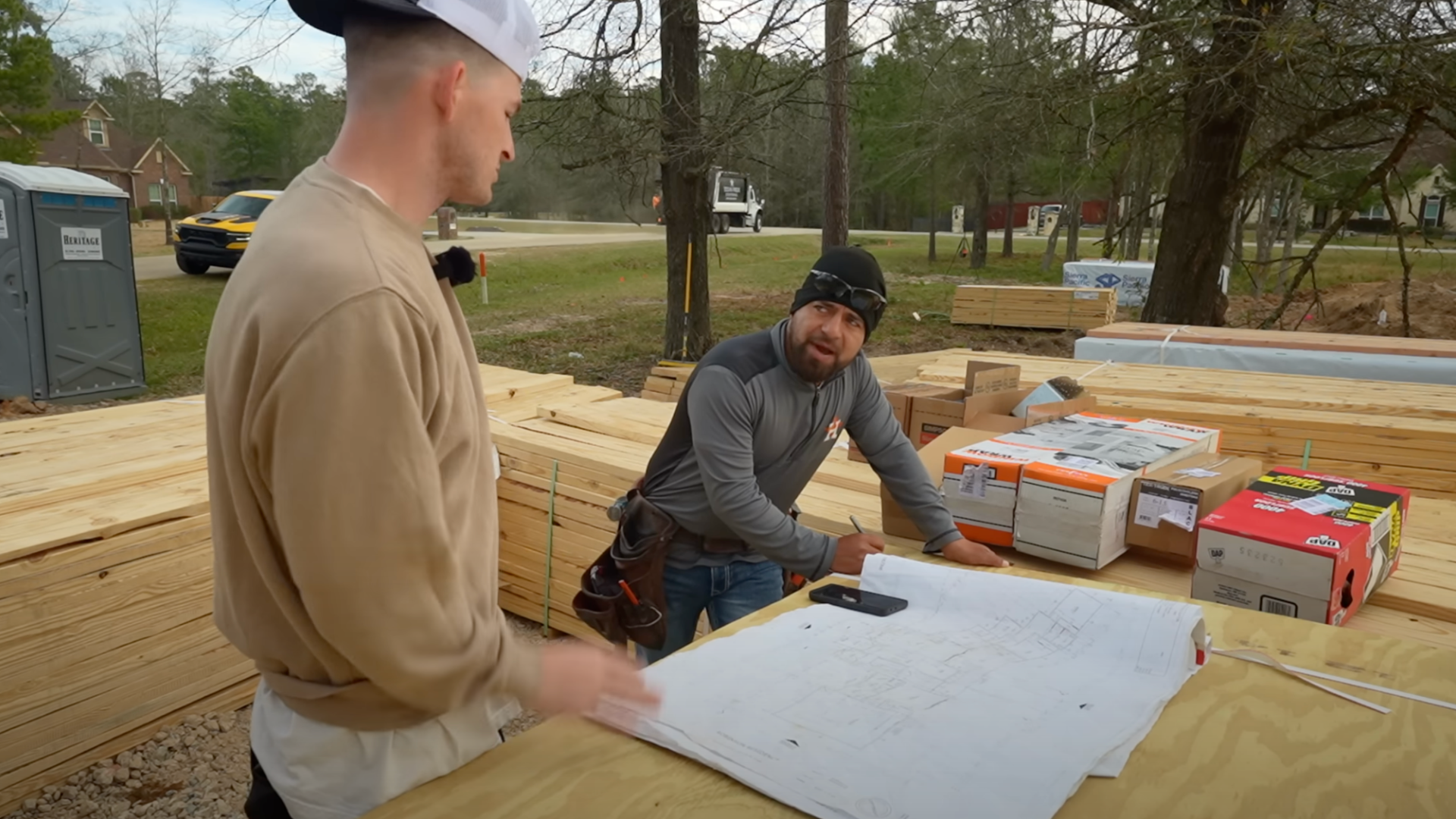
Planning is the most essential part of building your home. Start with a realistic budget and add a 20% buffer for unexpected expenses.
Keep your first design simple; fewer corners and fancy features mean fewer problems. Choose your materials early to lock in better prices.
Create a clear timeline for every stage and allow extra days for delays. For any work you don’t plan to do yourself, get multiple quotes.
You’ll need professionals for tasks like electrical, plumbing, and foundation work. Solid planning upfront will save you time, money, and a lot of frustration later.
2. Getting a Permit
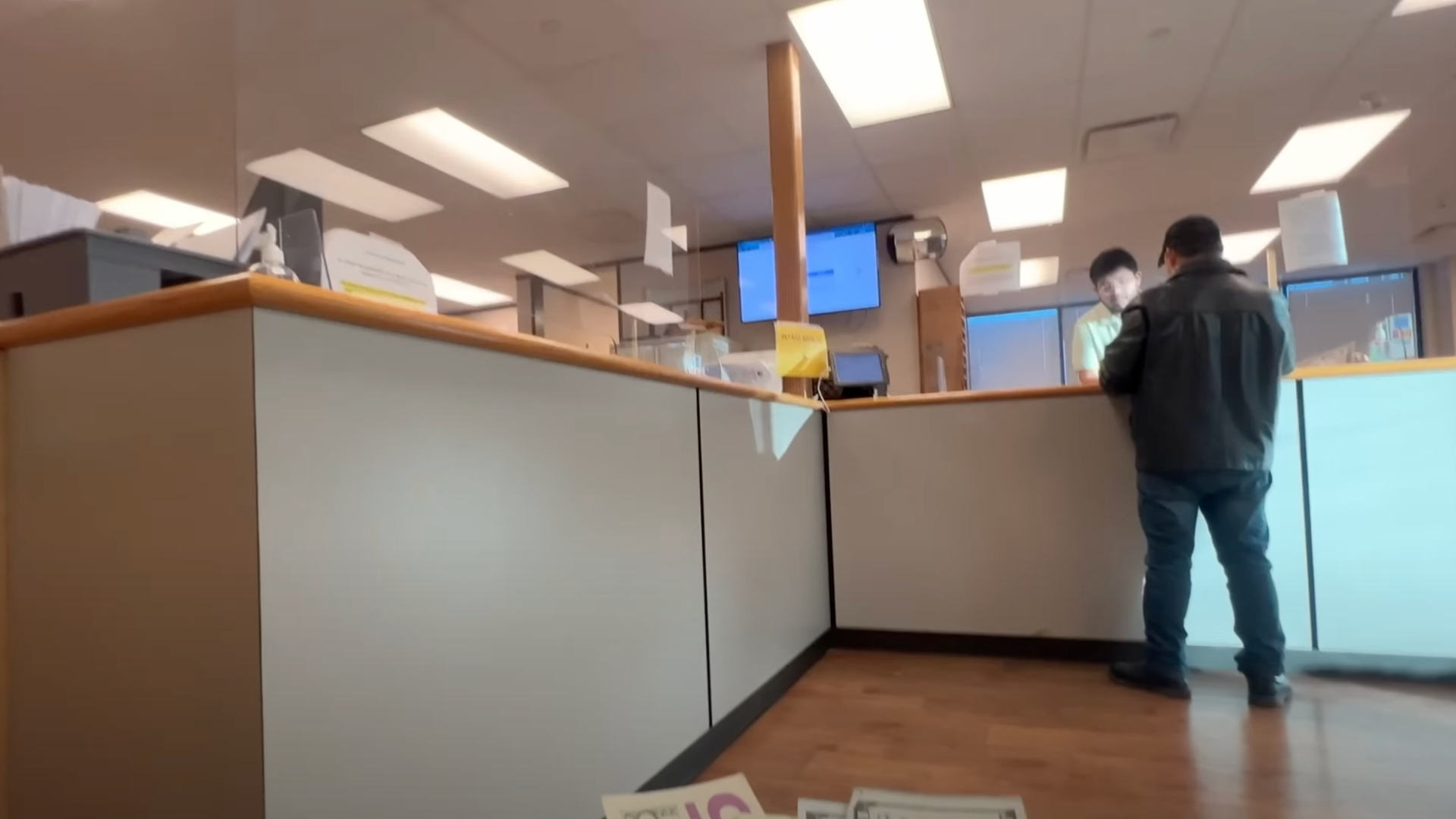
Never build without permits. It’s illegal in most areas and can result in severe fines. Submit your building plans to your local building department as early as possible.
They’ll check your design against safety codes. Once approved, you’ll receive the necessary permits to begin. Fees vary by area, so be sure to include them in your budget.
Keep the permits posted at your job site at all times; inspectors will ask for them. Be aware that permits can expire if you don’t start on time.
If that happens, you’ll need to reapply, again, which means additional paperwork and increased expenses.
3. Site Preparation
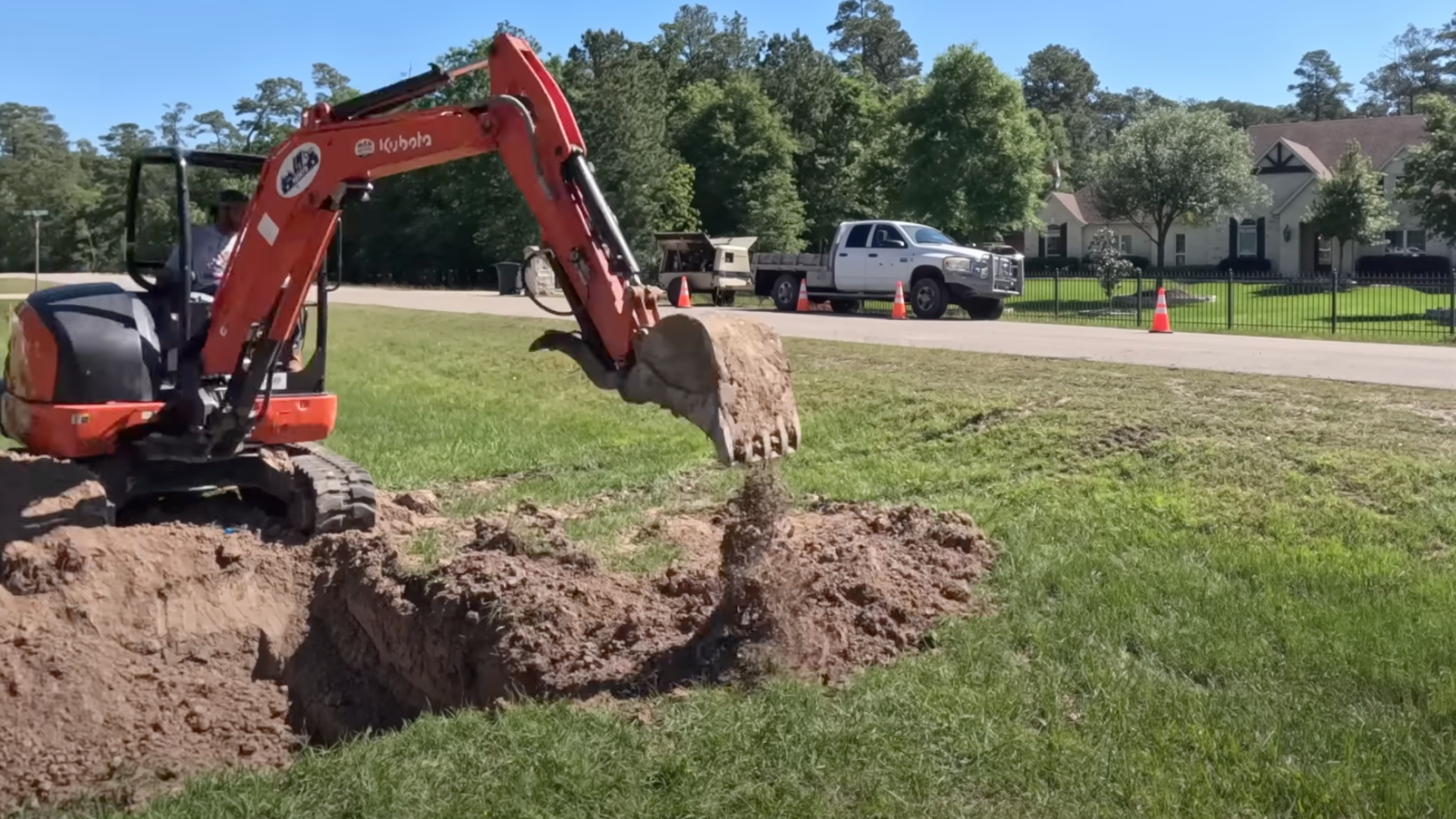
Site prep is the first step of real construction. Clear away trees, rocks, and shrubs where your house will go. Save good topsoil for landscaping later.
Before digging, call 811 to have underground utilities marked. This prevents accidents, such as hitting gas or water lines. Next, excavate the area for your foundation.
Take your time here; errors can disrupt the entire house. Set up temporary power and water access for your tools.
Use erosion control, such as silt fences, if your area requires them. Keeping your site clean and safe will help avoid setbacks later on.
4. Building a House Frame

Framing is like building the bones of your house. Start with a solid foundation that meets your local codes. Use strong, straight lumber to make the floor and wall frames.
Check each board before using it. Once the floor is in, raise the walls carefully; get help because they’re heavy. Make sure everything is level and square.
Finally, frame the roof. This part can be tricky, so many people hire professionals.
Your entire home rests on this structure, so every step must be done right. Take your time and double-check your measurements to avoid problems later.
5. Install Roofing

The roof protects your home, so take your time with this step. First, nail down roof sheathing, usually plywood or OSB.
Next, add underlayment for water protection. Follow up with your roofing material, like shingles or metal panels. Follow the manufacturer’s directions to protect your warranty.
Pay extra attention to areas around chimneys and vents, as that’s where leaks usually start. Clean up nails and scraps daily to avoid injuries.
A properly installed roof will last for decades, so take the time to do it right. If you’re unsure, consider hiring professionals to finish the job.
6. HVAC, Electrical, and Plumbing

These systems power your house and keep it comfortable. Most areas require licensed professionals for safety reasons.
HVAC systems are typically installed first, followed by electrical systems, and then plumbing. Ductwork takes up space, so plan carefully to ensure it is used efficiently.
Outlets and wiring come next, including extras for future needs. Plumbing is precise work; pipes must slope just right.
Always get your work inspected before covering it with walls. Skipping this step means you may have to remove it later.
7. Insulation and Drywall

Insulation keeps your home warm in winter and cool in summer.
Install it carefully, filling every space to avoid gaps. In some areas, vapor barriers are required to prevent moisture damage.
Once the insulation passes inspection, hang drywall to form your walls. This part requires skill; taping and sanding must be done smoothly for the paint to look good.
Many people hire help for this step. Handle the sand carefully because drywall dust spreads quickly.
Protect vents and floors from dust buildup. Done right, this step makes your rooms quiet, energy-efficient, and ready for finishing touches like paint or wallpaper.
8. Painting
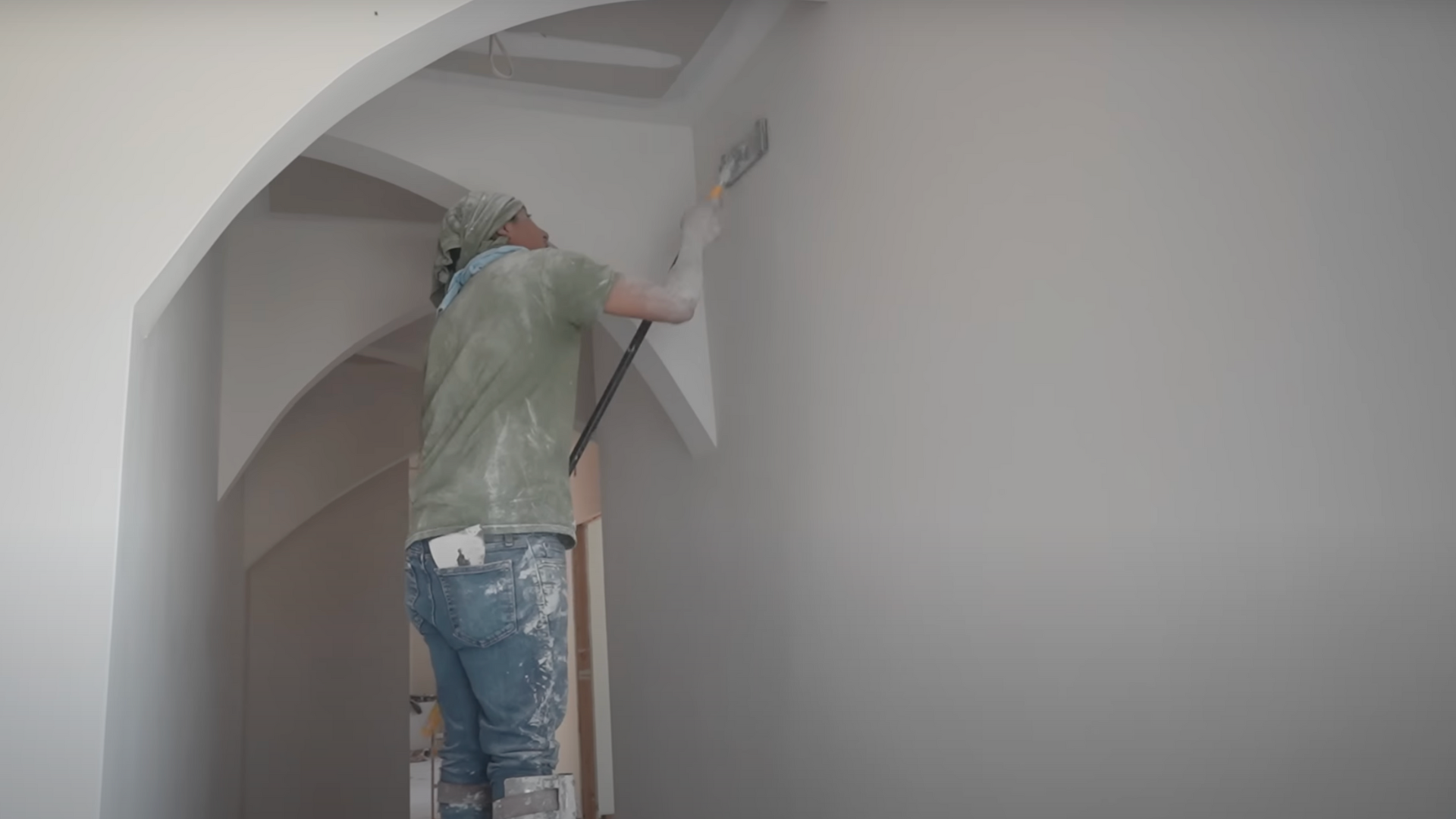
Painting gives your home personality. Start with a primer to help paint stick better and last longer. Use high-quality paint for a cleaner look and more durability.
Paint the ceilings first, then the walls, working from top to bottom to catch any drips. Most walls need at least two coats for even color. Some darker shades need a third.
Open windows or use fans to keep the air fresh, because paint fumes can be strong.
Take your time with corners and edges; neat painting makes a big difference. With care and the right tools, you’ll get professional-looking results.
9. Flooring
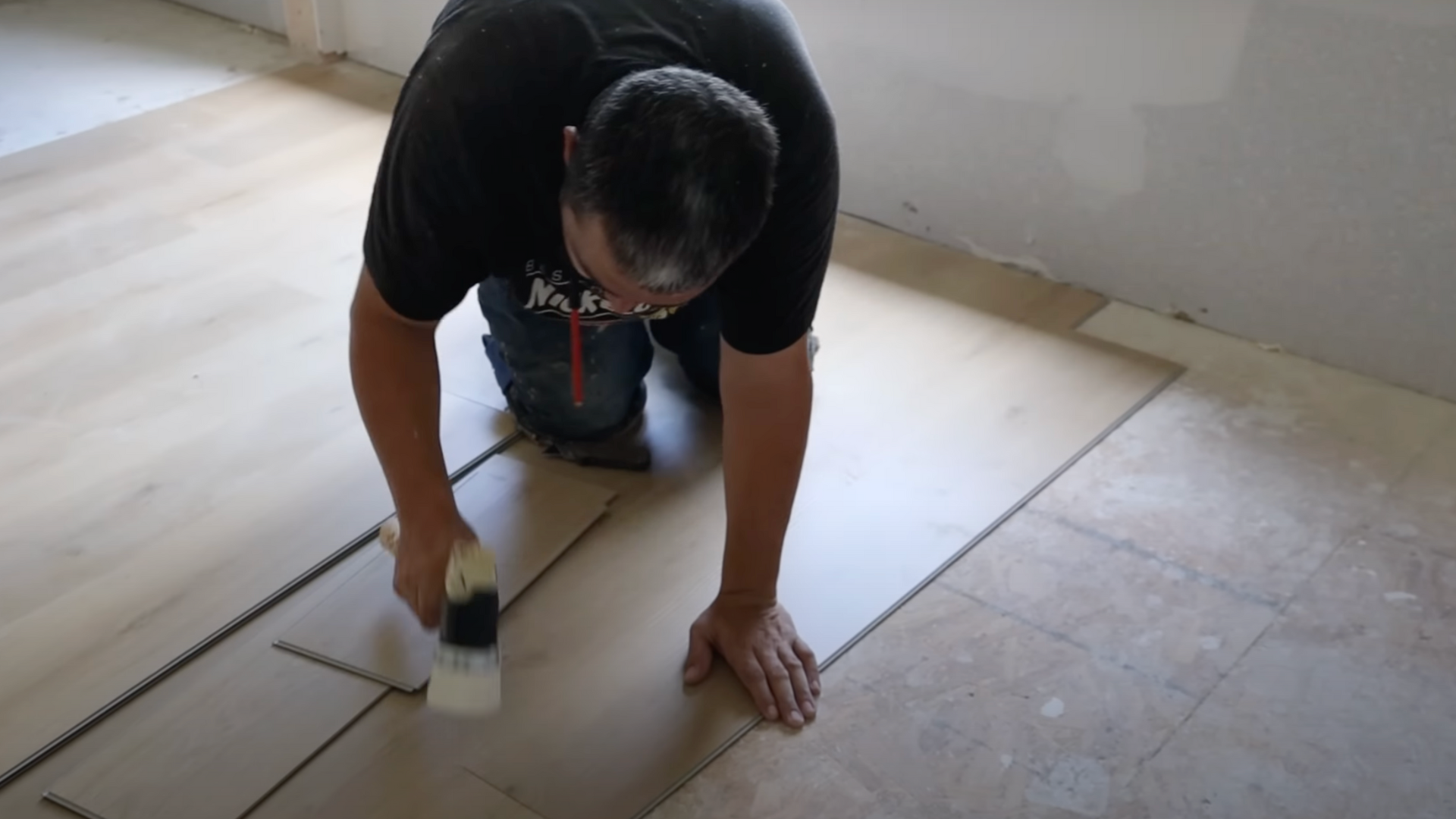
Install flooring after painting to avoid spills or damage. Choose the option that fits your lifestyle: tile, vinyl, wood, or laminate.
Each type requires a smooth, level surface to function correctly. Start with the most challenging rooms, such as bathrooms or kitchens. They usually have tight spaces and more cuts.
Leave a small gap near walls for floors to expand in heat or humidity. Use spacers if needed. Protect finished floors with cardboard or rugs while you finish the rest of your build.
Floors are high-traffic areas, so choose materials that not only look good but also last long under daily wear.
10. Carpentry
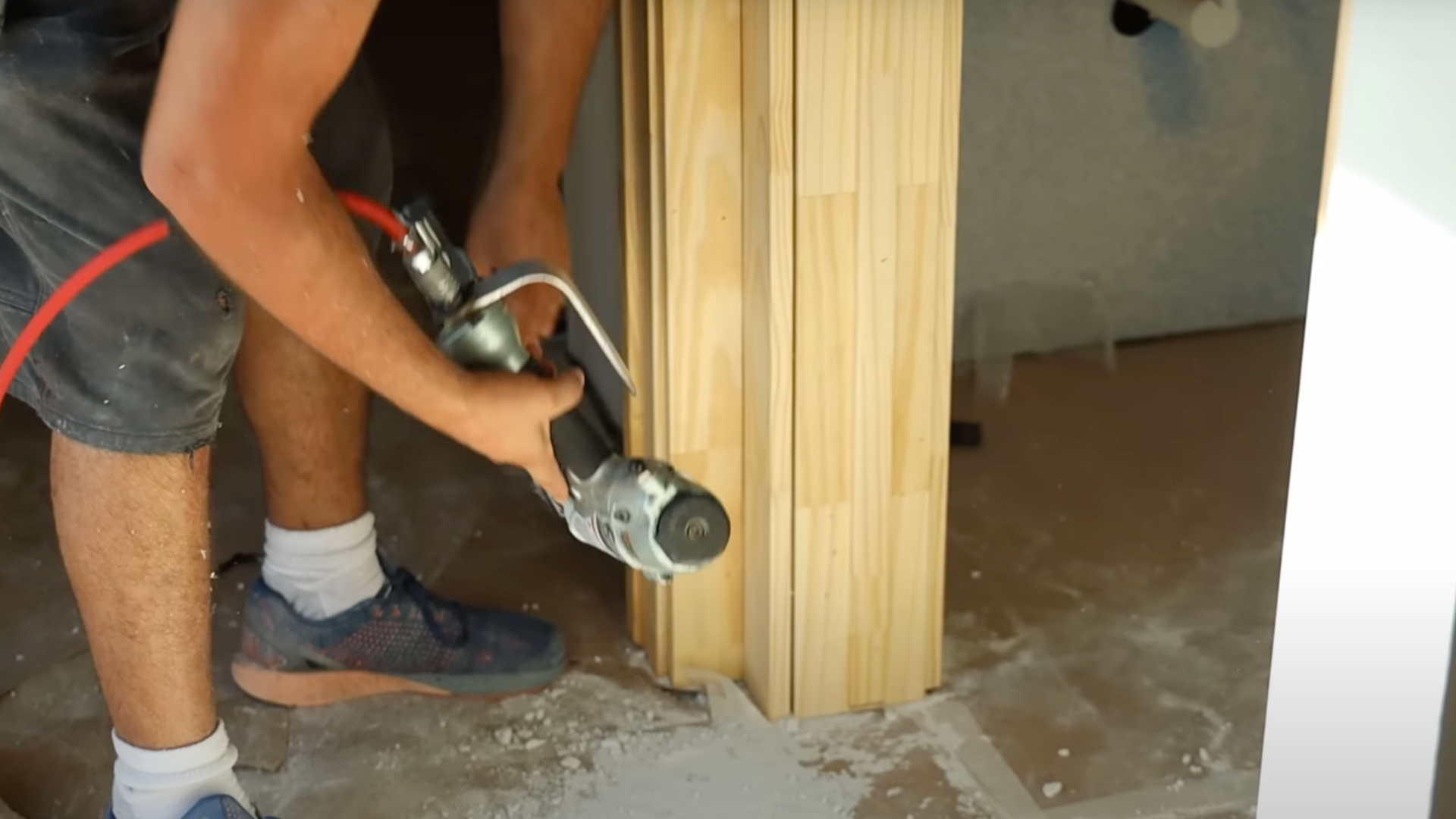
Carpentry adds the final polish to your home’s interior. It includes trim, baseboards, door casings, and window frames.
Measure carefully, because even small mistakes show in trim work. Pre-paint or stain wood pieces before installation, if possible, as it saves time and yields cleaner edges.
Use finish nails or brad nails for a smooth look. Fill gaps with caulk to conceal seams and create a clean finish.
Take your time to cut sharp corners and align everything level. These small touches bring your rooms together, making the entire house feel finished and cozy.
11. Cabinetry

Kitchens and bathrooms rely on strong, well-fitted cabinets. Start by measuring your spaces precisely; even a half-inch off can cause problems.
Install the upper cabinets before the base ones so you don’t have to lean over the lower cabinets. Use shims to keep everything level.
Double-check before securing cabinets to walls. Once everything is in place, measure for countertops. A custom fit makes a huge difference in appearance and function.
Installing cabinets can be tricky, so take your time. Proper installation ensures your drawers slide smoothly and your doors close correctly.
Cabinets should be solid, straight, and built to last.
12. MEP and Technology Trimming
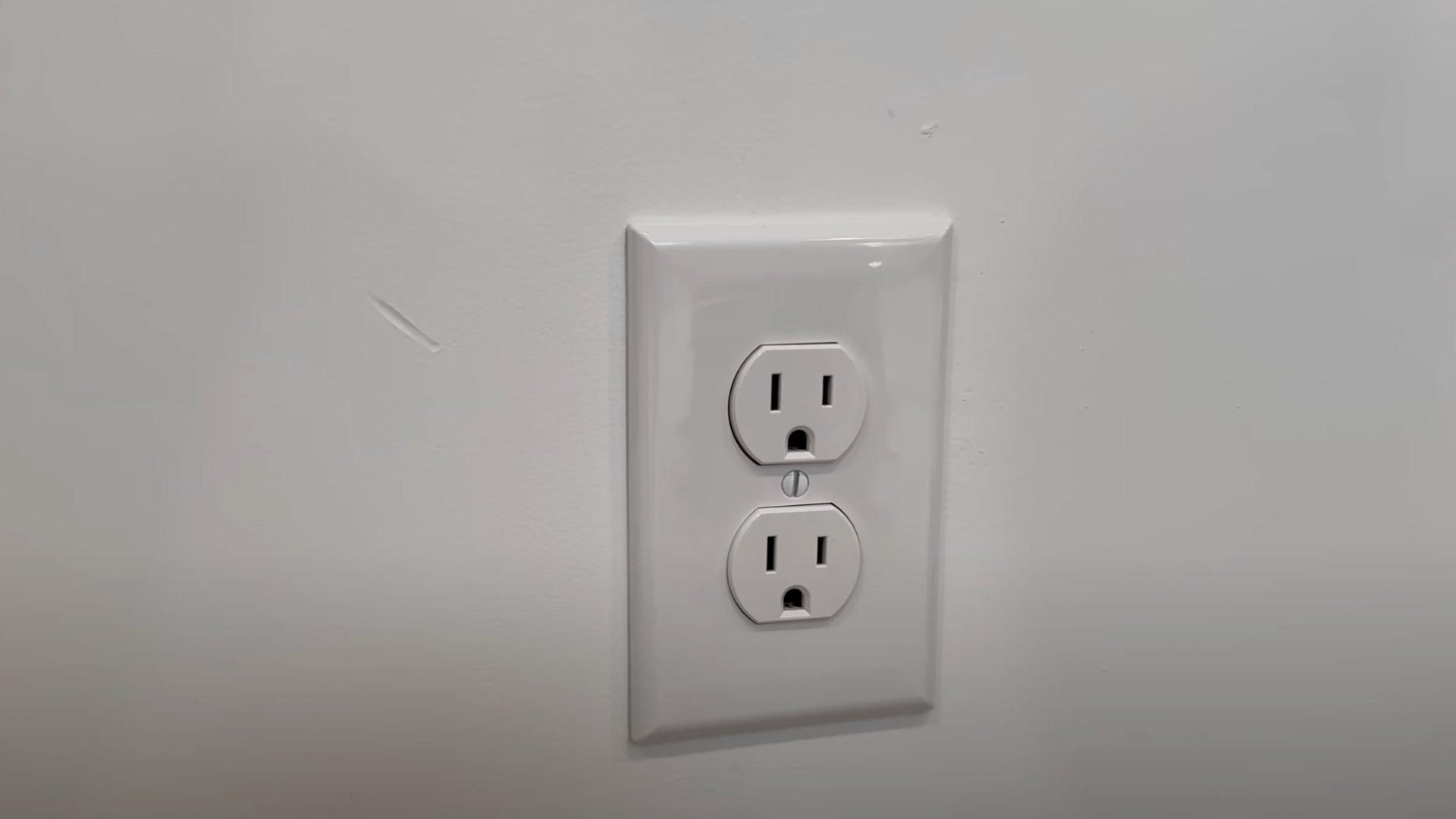
This is the final step for your home’s systems. It includes installing light fixtures, plumbing fixtures, outlet covers, and switches.
Connect toilets, faucets, and sinks, and test for leaks immediately.
For lighting, make sure the power is off before installation. Install ceiling fans, smoke detectors, and internet or cable lines.
This is also the time to test everything to ensure it works correctly thoroughly. A walkthrough inspection will verify the functionality of all systems.
Good trimming work gives your home a polished, finished look and ensures everything runs as it should.
13. Landscaping
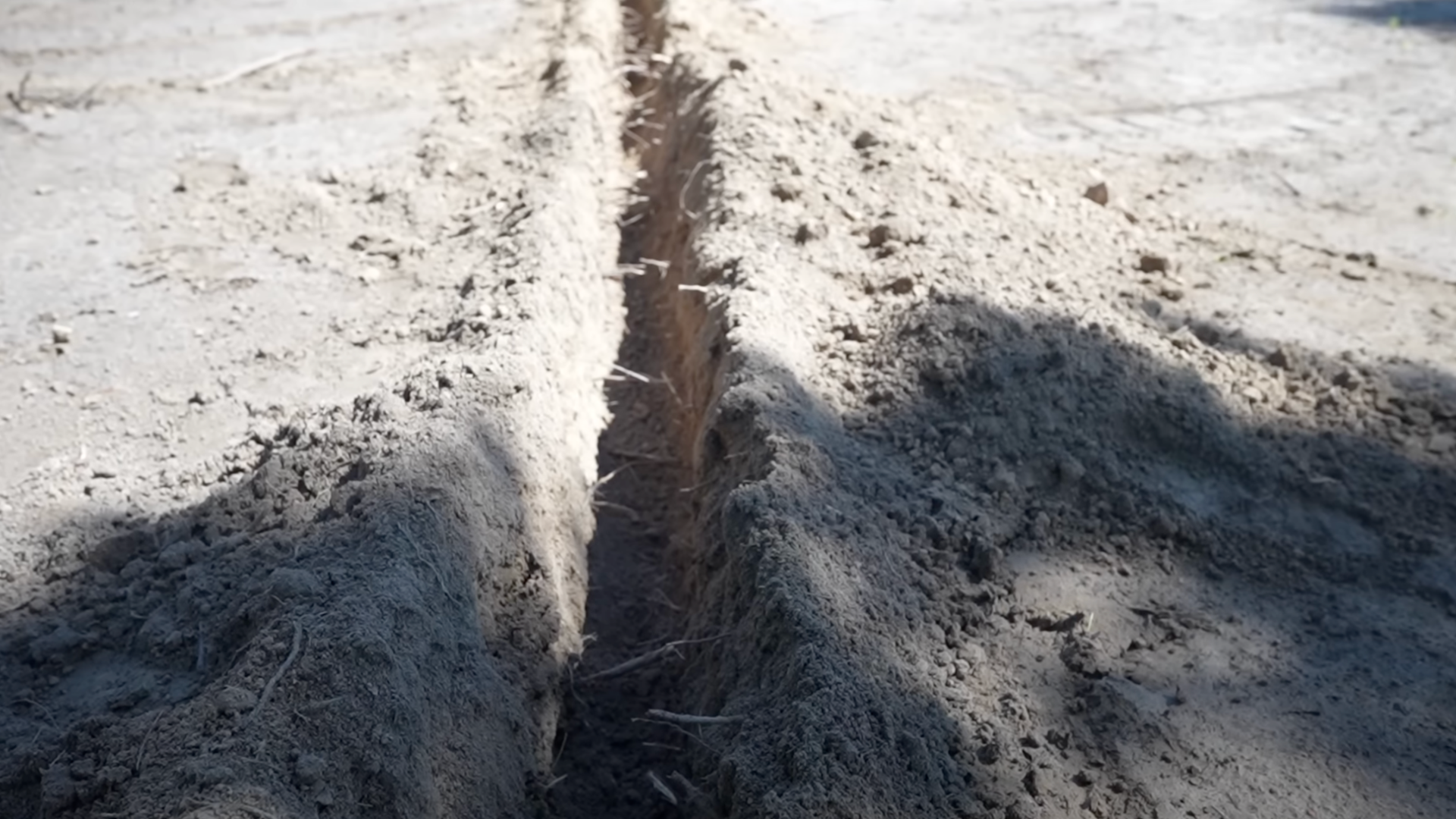
Now that the inside is complete, focus on the outside. Grade the soil so that water flows away from your foundation to avoid future damage.
Add walkways or driveways if they’re not already in place. Plant grass, shrubs, or flowers suited to your local climate.
Native plants are generally easier to care for and typically require less water.
Install outdoor lighting for both safety and curb appeal. Solar path lights are an easy and affordable option.
Finish with mulch in planting beds to lock in moisture and reduce weeds. A tidy yard makes a significant impact and completes the home.
To see the steps in action, watch this video from @CaseLucasRobinson. It is helpful, entertaining, and provides a better understanding of how to build your house.
DIY vs. Hiring Professional Help
Below is a clear breakdown to help you decide what tasks to take on yourself and where it’s smarter to hire a pro.
Making the right calls here can save you time, money, and stress, and help avoid costly mistakes later.
| Tasks You Can Likely DIY | Tasks Best Left to Pros | Depends on Skills/Location |
|---|---|---|
| Site prep and cleanup | Foundation work | Framing |
| Painting and staining | Electrical installation | Insulation |
| Simple carpentry and trim work | Plumbing installation | Drywall installation |
| Landscaping and yard work | Roofing (if complex) |
Ultimately, choose what makes the most sense for your skills and timeline. Hiring professionals isn’t a sign of failure; it’s a smart step to protect your investment.
Ensure you check references, compare quotes, and partner with individuals who share your goals as an owner-builder.
Conclusion
Building your own house is a significant challenge, but with careful planning, patience, and the right mindset, it’s entirely possible.
It’s not a quick job, but taking it step by step makes it doable. Be honest about what you can handle.
You don’t need to do everything yourself; hire pros for plumbing, electrical, or anything that needs a license.
Always follow local laws and get the right permits before starting. A clear plan helps prevent costly mistakes.
Expect the process to take more time and money than you think. Still, the reward is huge.
You’ll feel proud, save money, and pick up new skills along the way.
Thinking about building your own home? I’d love to hear what you’re planning. Drop your thoughts or questions in the comments.

